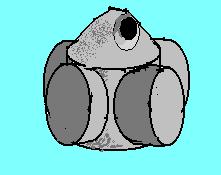
When a person passes away he or she moves from one plane of reality to another. In Caney belief system that person’s Ya (soul), an entity composed of two parts, leaves the body and begins the journey to the realm of Coa Bay in a new form called “opia” or “hupia”. Coa bay is the state of being that lies at the very center of existence. The deceased is spoken as being “operito” (meaning “lifeless”) his or her soul now travels to the realm of the hupias. This soul is composed of the Hu, a spiritual entity that resided in the person’s solar plexus providing the person with the animating force to move, to breathe, to live, and the Guis (Goeiz), a spiritual force residing in the head that provides that person with sensory awareness.
When the person dies the Ya turns into an entity called “hupia” or “opia”. Caney tradition has a ceremony designed to assist in the transition of the hupia from this world to the next, and to provide the mourner with an opportunity to connect with the soul of the deceased. This ceremony summons up the imagery of Coa Bay as it was envisioned by our Taino ancestors. Contemporary Caney Circle tradition includes the incorporation of a special wall in the family home that is set aside and dedicated to the ancestors.
As envisioned by ancient Tainos in stone, Coa Bay is represented by a cylindrical structure with a facet facing each of the four directions, a flat base that touches Ata Bey’s Earth and a conical top that points toward the sky dwelling of Yoka Hu. This represents the fact that Coa Bay is in the very center of existence, nowhere in particular and everywhere all at once.
For the purpose of the ceremony it is necessary to construct a kind of replica of this structure.
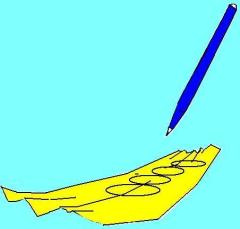 This is done by spreading and flattening out a strip of corn-husk, Four circles are drawn on it in a row to represent the four facets that point to the four directions. The strip is curled to create a cylindrical structure and glued into shape. During the ceremony this structure is filled with a variety of small tokens that represent the deceased, A small picture of the person, a brief prayer of poem written on paper, a small dried sprig of his or her favorite flower.
This is done by spreading and flattening out a strip of corn-husk, Four circles are drawn on it in a row to represent the four facets that point to the four directions. The strip is curled to create a cylindrical structure and glued into shape. During the ceremony this structure is filled with a variety of small tokens that represent the deceased, A small picture of the person, a brief prayer of poem written on paper, a small dried sprig of his or her favorite flower.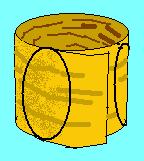
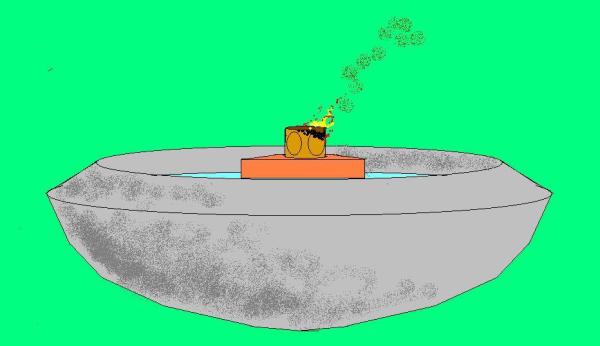 As part of the ceremony the corn-husk structure is placed on a small wooden platform and floated in a large bowl of water. It is set on fire to represent renewed life.
As part of the ceremony the corn-husk structure is placed on a small wooden platform and floated in a large bowl of water. It is set on fire to represent renewed life.
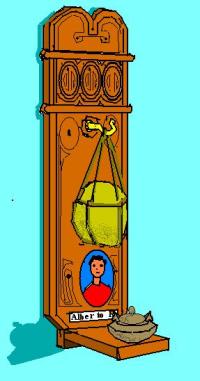 Once the corn-husk structure is completely burned down to ashes, the remains are gathered up and split into two equal portions. One portion represents the “hu” and it is placed in a gourd. The other portion represents the “goeiz” and it is placed in a small ceramic bowl.
Once the corn-husk structure is completely burned down to ashes, the remains are gathered up and split into two equal portions. One portion represents the “hu” and it is placed in a gourd. The other portion represents the “goeiz” and it is placed in a small ceramic bowl.
Ultimately a wooden tablet is made to bear these two objects. The gourd is suspended on cords from the top of the tablet. The bowl is placed on a small platform in the front of the tablet. The tablet is decorated with a photo and a small label bearing the name of the deceased. This tablet is called the “memory tablet”. The memory tablet is hung on the wall and kept there as a permanent memorial to the loved one.
